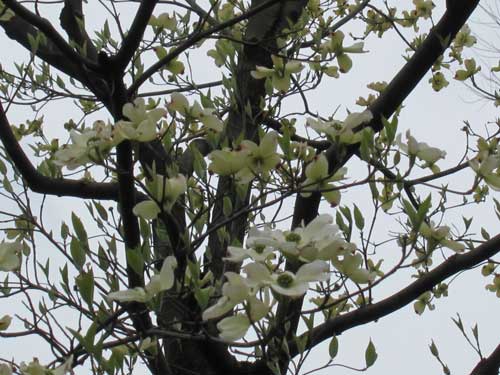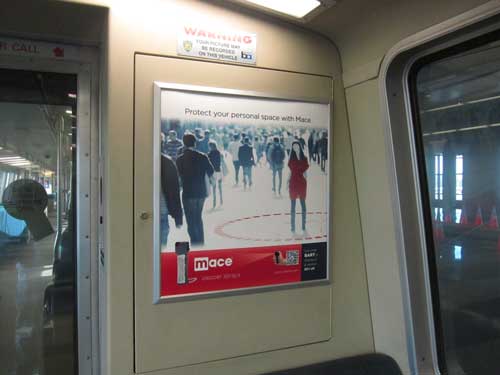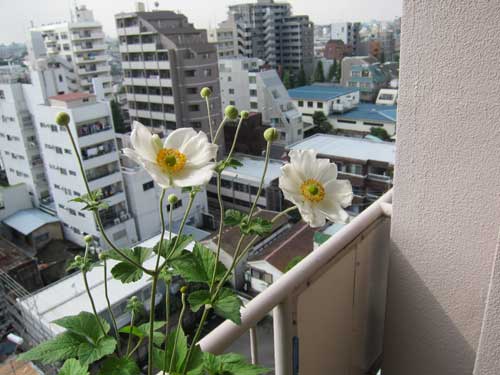
Tokyo has had a strange April. Last Friday there was hail. I was surprised to hear a squishy sound beneath my shoes. Will winter never end? Fortunately, it is now a bit warmer, and I managed to pot up all the small plants I bought for my balcony garden: columbine, two types of jasmine, some yellow button flowers, a clover, and a small purple green vine.
The cherry blossoms ended suddenly with the rain and wind: briefly, the trees are redder as just the flower stems remain, and then suddenly the trees start leafing out. As soon as cherry blossoms pass, dogwood opens up.
Tokyo has a lot of dogwood trees, which come from the mid-Atlantic of the United States. The tree represents a cultural exchange between nations, with Japan providing Washington D.C. with monumental cherry trees, and the United States offering Japan dogwood. It’s strange that many Tokyo residents do not know the origin or significance of dogwood trees. They remind me of my childhood in Baltimore.





